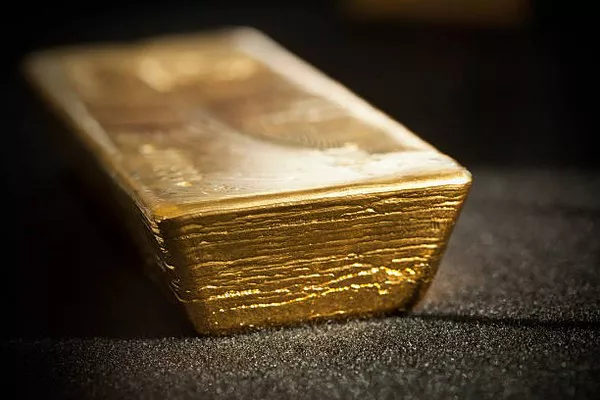In the realm of financial markets, particularly in commodities and securities trading, the terms “spot price” and “future price” play crucial roles in determining market dynamics and investment strategies. These two concepts represent distinct pricing mechanisms with their own implications for traders, investors, and businesses. To fully grasp their significance, let’s delve into the definitions, differences, and implications of spot and future prices.
Defining Spot Price and Future Price
Spot Price: The spot price, also known as the cash price or current price, refers to the market price of a financial asset, commodity, or security for immediate delivery and settlement. Essentially, it represents the price at which an asset can be bought or sold for immediate delivery and payment. Spot prices are determined by real-time market supply and demand dynamics, influenced by factors such as production levels, geopolitical events, economic indicators, and investor sentiment.
Future Price: Contrary to spot prices, future prices are agreed-upon prices today for the delivery of an asset at a specified future date. Futures contracts are standardized agreements traded on futures exchanges, where buyers and sellers commit to buying or selling a specific quantity of an asset at a predetermined price and date in the future. Future prices are influenced not only by current market conditions but also by expectations of supply and demand, interest rates, and other economic variables that may affect the asset’s value at the time of delivery.
Key Differences Between Spot and Future Prices
Delivery Timing:
Spot Price: Involves immediate delivery and settlement of the asset upon transaction.
Future Price: Refers to a price agreed today for delivery at a future date, typically standardized through a futures contract.
Price Determination:
Spot Price: Determined by the current market supply and demand dynamics.
Future Price: Influenced by expectations of future supply, demand, interest rates, storage costs, and other market variables.
Market Dynamics:
Spot Price: Reacts swiftly to real-time market changes and events.
Future Price: Reflects market sentiment and expectations about future market conditions.
Risk and Hedging:
Spot Price: Immediate exposure to market price fluctuations and risks.
Future Price: Provides a mechanism for hedging against price volatility by locking in future prices today.
Settlement:
Spot Price: Settlement occurs immediately upon trade execution.
Future Price: Settlement happens at the specified future date agreed upon in the futures contract.
Contractual Obligations:
Spot Price: Involves direct, immediate transactions without formal contractual obligations beyond standard trade terms.
Future Price: Governed by formalized futures contracts specifying terms of delivery, quantity, quality, and settlement procedures.
Implications for Investors and Traders
Spot Market:
Offers liquidity and immediate execution for buying or selling assets.
Exposure to short-term price fluctuations.
Useful for day trading, physical asset purchases, and immediate risk management.
Futures Market:
Enables price risk management and hedging against adverse price movements.
Provides price transparency and standardization.
Access to leverage and speculative trading opportunities.
Essential tool for managing production costs and securing future supply or sales prices.
Example Scenarios
Spot Price Scenario: A farmer decides to sell a batch of corn immediately after harvest. The sale is based on the prevailing spot price, reflecting current market conditions and local demand for corn.
Future Price Scenario: A manufacturer of electronic components anticipates needing a large quantity of copper in six months. To hedge against potential price increases, they enter into a copper futures contract, locking in a favorable price for delivery in the future.
See Also The Right Time to Buy Gold: A Comprehensive Guide
Conclusion
In summary, spot and future prices represent distinct pricing mechanisms in financial markets. While spot prices capture immediate market conditions and facilitate instant transactions, future prices enable market participants to manage price risk, lock in future costs or revenues, and speculate on future market movements. Understanding the differences between these pricing concepts is essential for investors, traders, businesses, and policymakers alike, as they navigate the complexities of modern financial markets and commodity trading.


